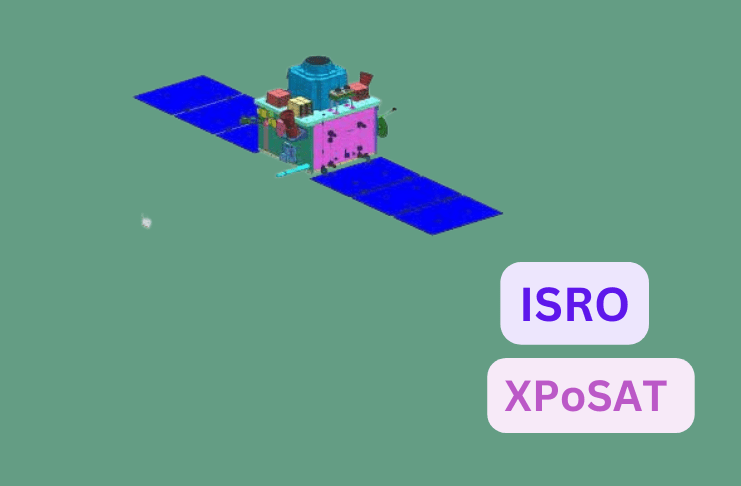This mission is the second in the world and the first in India specifically for polarimetry, after NASA’s Imaging X-ray Polarimetry Explorer (IXPE), which was launched in 2021.
On January 1, 2024, India’s Polar Satellite Launch Vehicle, carrying the nation’s first X-Ray Polarimeter Satellite (XPoSat), is scheduled to blast off.
The Indian Space Research Organisation (Isro) has announced that the XPoSat mission, a significant advancement in India’s space research endeavour, will launch at 9:10 am using a Polar Satellite Launch Vehicle (PSLV).
India will be at the forefront of space-based polarimetry thanks to the XPoSat mission, which is intended to study the polarization of powerful X-ray sources.
This mission is the second in the world and the first in India specifically for polarimetry, after NASA’s Imaging X-ray Polarimetry Explorer (IXPE), which was launched in 2021.
The goal of XPoSat is to investigate the universe’s 50 brightest objects, which include neutron stars, black hole X-ray binaries, pulsars, and active galactic nuclei. The satellite will be positioned in a 500–700 km circular low Earth orbit for at least five years.
POLIX (Polarimeter Instrument in X-rays), the main payload, will detect the polarization angle and degree of medium X-ray energy photons of astronomical origin, ranging from 8 to 30 keV. POLIX will be enhanced by the XSPECT (X-ray Spectroscopy and Timing) payload, which will provide spectroscopic data in the 0.8–15 keV energy range.
These sensors, which were created by the Raman Research Institute (RRI) and the U R Rao Satellite Centre (URSC), are anticipated to provide fresh perspectives on the physics of astronomical objects. Scientists can deduce important details about the geometry and emission mechanisms of these far-off sources by studying the polarization of X-rays.
The XPoSat mission is anticipated to make a substantial contribution to our understanding of the universe. It will complement the current spectroscopic and temporal data with two essential dimensions: degree and angle of polarization, potentially clearing up uncertainties in the current theoretical models of astronomical emissions.
